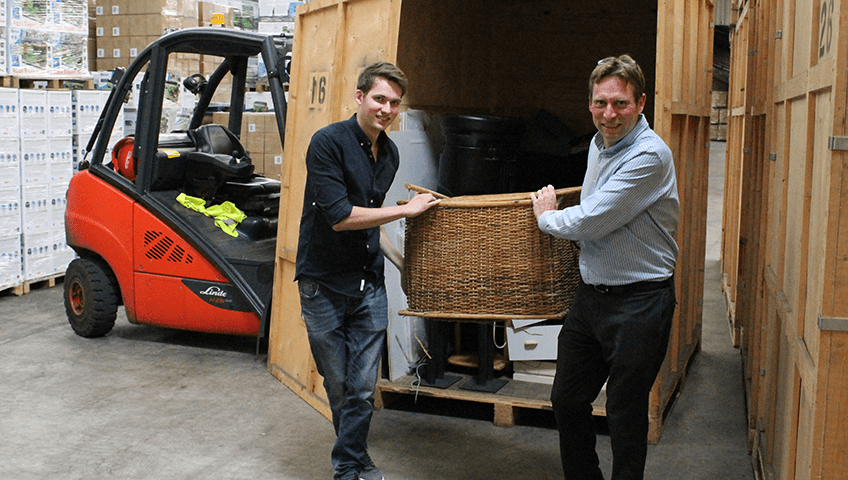Whether you need warehouse space for a short amount of time or for the long haul, finding the right one for your business is paramount. Going for the option geographically closest to your premises might seem like the sensible idea but neglecting key points in your decision making could cost you dearly if the easy choice is the wrong choice.
Here are our top tips to help you make your final decision when choosing warehouse space.
Visit the Site!
You’ll be entrusting your stock or possessions to the Warehouse owners, so it’s important to have a look at where it’ll all be stored. Ask for a tour and weigh up how well the space and service can facilitate all your business needs and requirements.
Be Location Savvy.
Choosing a properly situated site is really important. You’ll need to be able to efficiently access your storage if your business is to run smoothly. As we said earlier, it doesn’t necessarily have to be on your doorstep, but it would be foolhardy to choose a space that would take an age to travel to! Choosing a site that has good transport links to major roads can be just as valuable as finding premises close to your business.
Here at Eynesbury Warehousing, we have fast access to the A1, A14 and A428 so our location is perfect to provide easily accessible storage and warehousing for Cambridgeshire, Bedfordshire, and Hertfordshire.
Think ahead!
No matter how thorough your business plans, things can change at a moment’s notice. You might need more storage space than originally anticipated and moving warehouses could prove more costly in the long run should your volumes change. Will the facility be able to accommodate a larger stock volume should you need it? Ask the question when you view the premises. It could save you time, hassle, and money down the line.
Read testimonials and reviews.
It’s the next best thing to a personal recommendation. Other customers’ experiences are the best way to predict the experience you will receive. You could even ask the provider for references so that you can contact an existing or former client direct.


